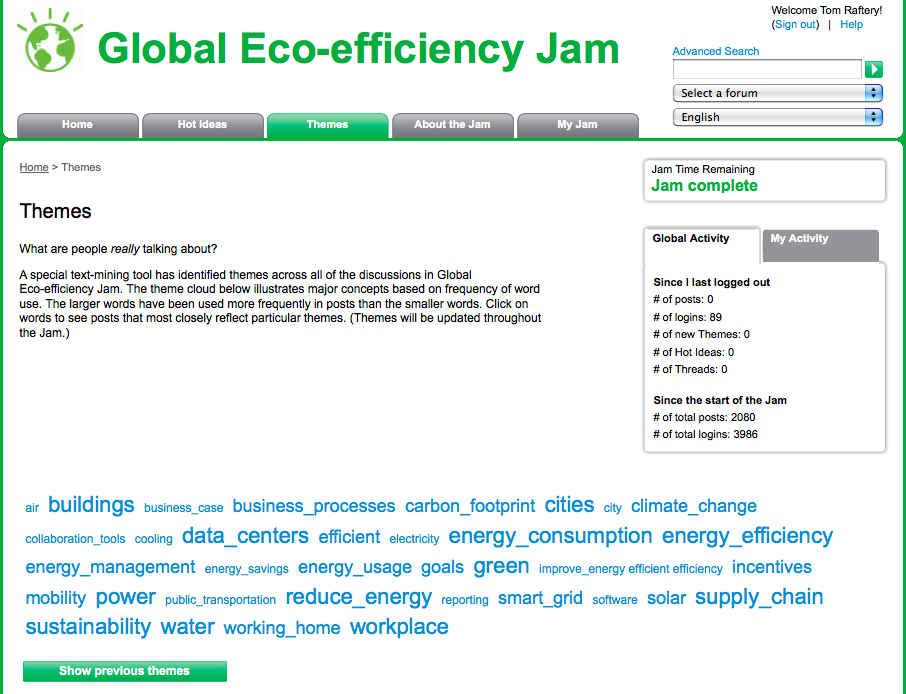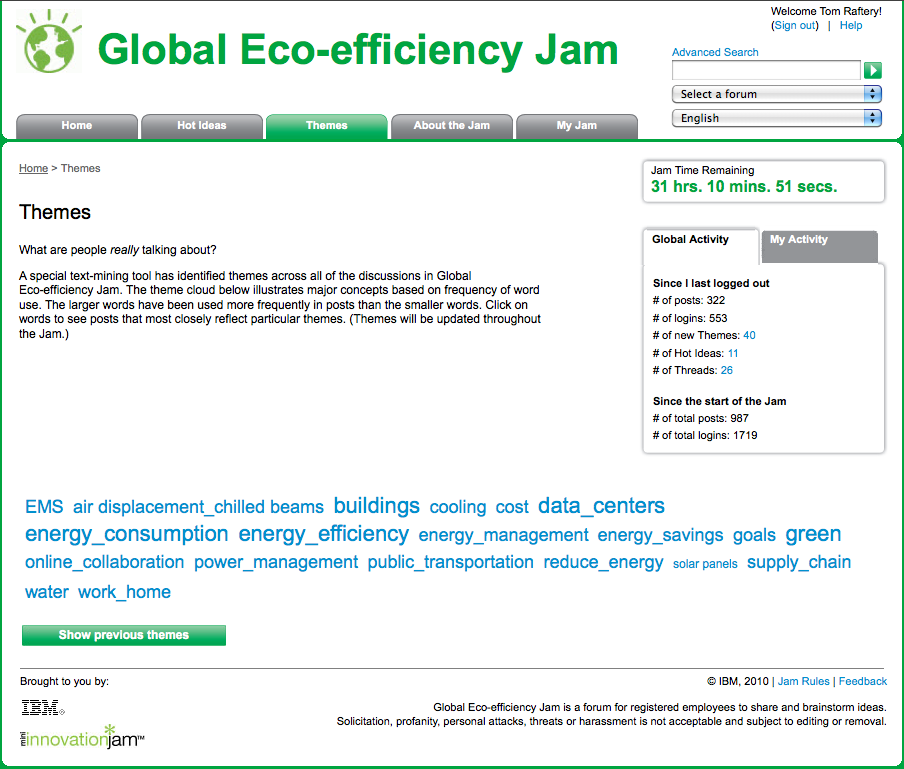
Photo credit Unhindered by Talent
Here is this Friday’s Green Numbers round-up:
-
Mitsubishi to build ?100m UK wind turbine factory | Environment | guardian.co.uk
Government aim of making Britain a centre of green manufacturing win a major boost from plans that will create hundreds of jobs
-
Hydrogen taxi cabs to serve London by 2012 Olympics | Environment | The Guardian
A taxi cab that runs on the latest hydrogen fuel cell technology is being developed with the aim of being ready for full road trials in time for the 2012 Olympics.
-
Dpt. of Good Ideas: Wisconsin May Shut Down Five Coal Plants
In 2007, the Sierra Club brought the state of Wisconsin to court over emissions from some state-run coal plants used to provide heat and power to some university buildings and a hospital (UW-Eau Claire, UW-La Crosse, UW-Oshkosh, UW-River Falls and Mendota Mental Health Institute). The Department of Natural Resources sided with the Sierra Club, and the state now has a choice between installing pollution-control equipment to greatly reduce emissions, reducing the use of coal by displacing part of it with other fuels, or simply eliminating the use of coal completely
-
Near-threshold computing could enable up to 100x reduction in power consumption
“While electronic devices have greatly improved in many regards, such as in storage capacity, graphics, and overall performance, etc., they still have a weight hanging around their neck: they?re huge energy hogs. When it comes to energy efficiency, today?s computers, cell phones, and other gadgets are little better off than those from a decade ago, or more. The problem of power goes beyond being green and saving money. For electrical engineers, power has become the primary design constraint for future electronic devices. Without lowering power consumption, improvements made in other areas of electronic devices could be useless, simply because there isn?t enough power to support them.”
-
Asia sustainable investments could jump from $20bn to $4 trillion by 2015: Vontobel report
“Sustainable investments in Asia (ex Japan) could make a huge jump from approximately $20bn today to $4 trillion by 2015 according to research by Vontobel, the Swiss fund manager. Vontobel says it believes sustainability themes are being ?seriously undervalued? in a region undergoing a tremendous pace of change in environmental, social and governance (ESG) standards. “
-
India computer waste to grow 500% by 2020
Waste from discarded electronics will rise dramatically in the developing world within a decade, with computer waste in India alone to grow by 500 percent from 2007 levels by 2020, a U.N. study released on Monday said.
-
Uranium levels near Australian mine ‘5400 times normal level’
Rio Tinto says Ranger is “one of the most environmentally regulated mines in the world.”
Yet it’s been leaking billons of litres of uranium-contaminated water for years.
Posted from Diigo. The rest of my favorite links are here.




